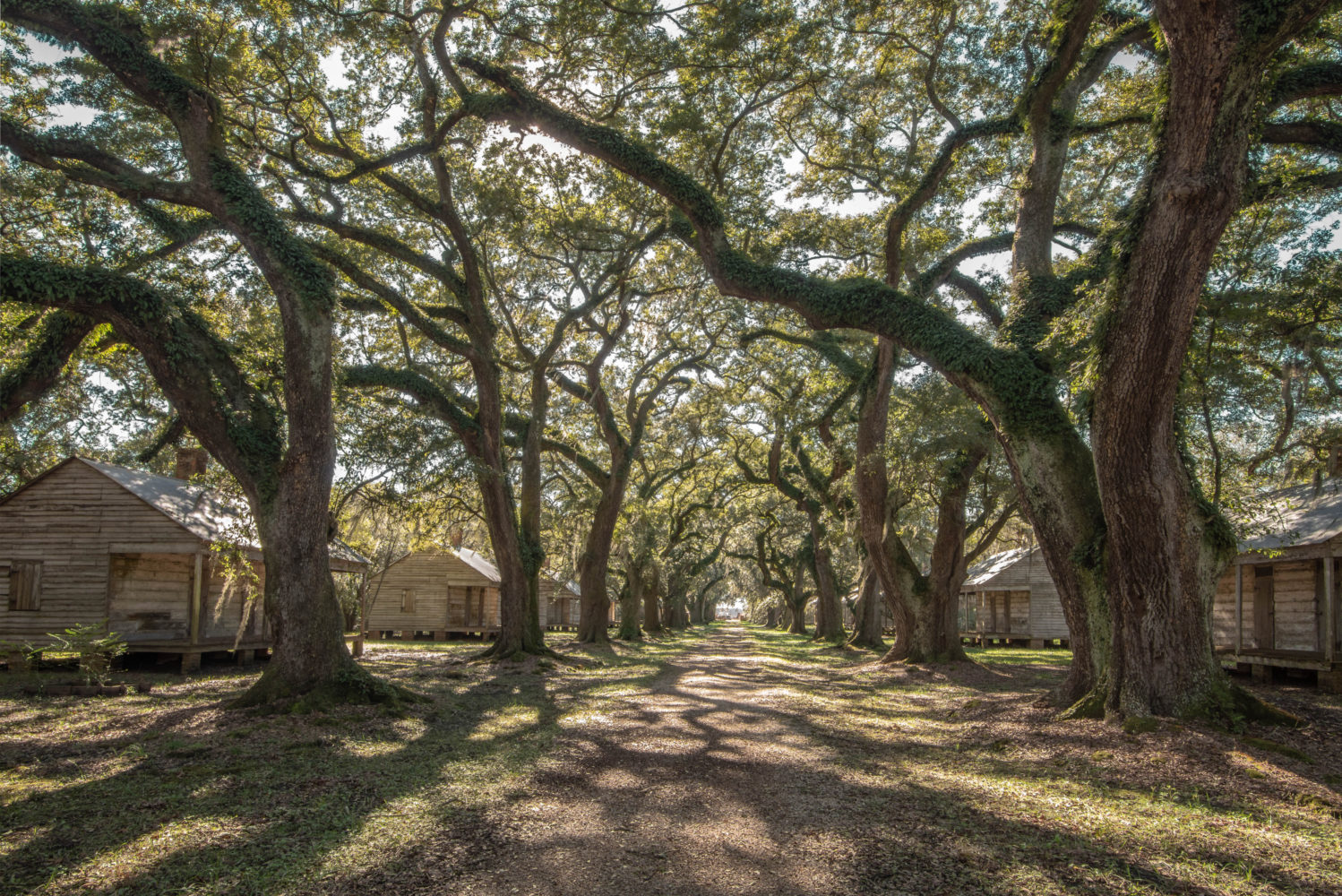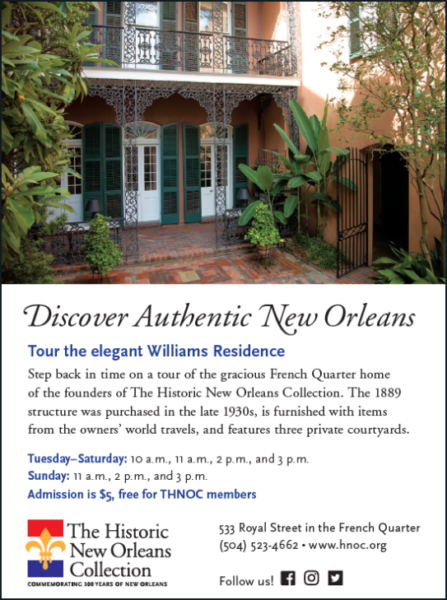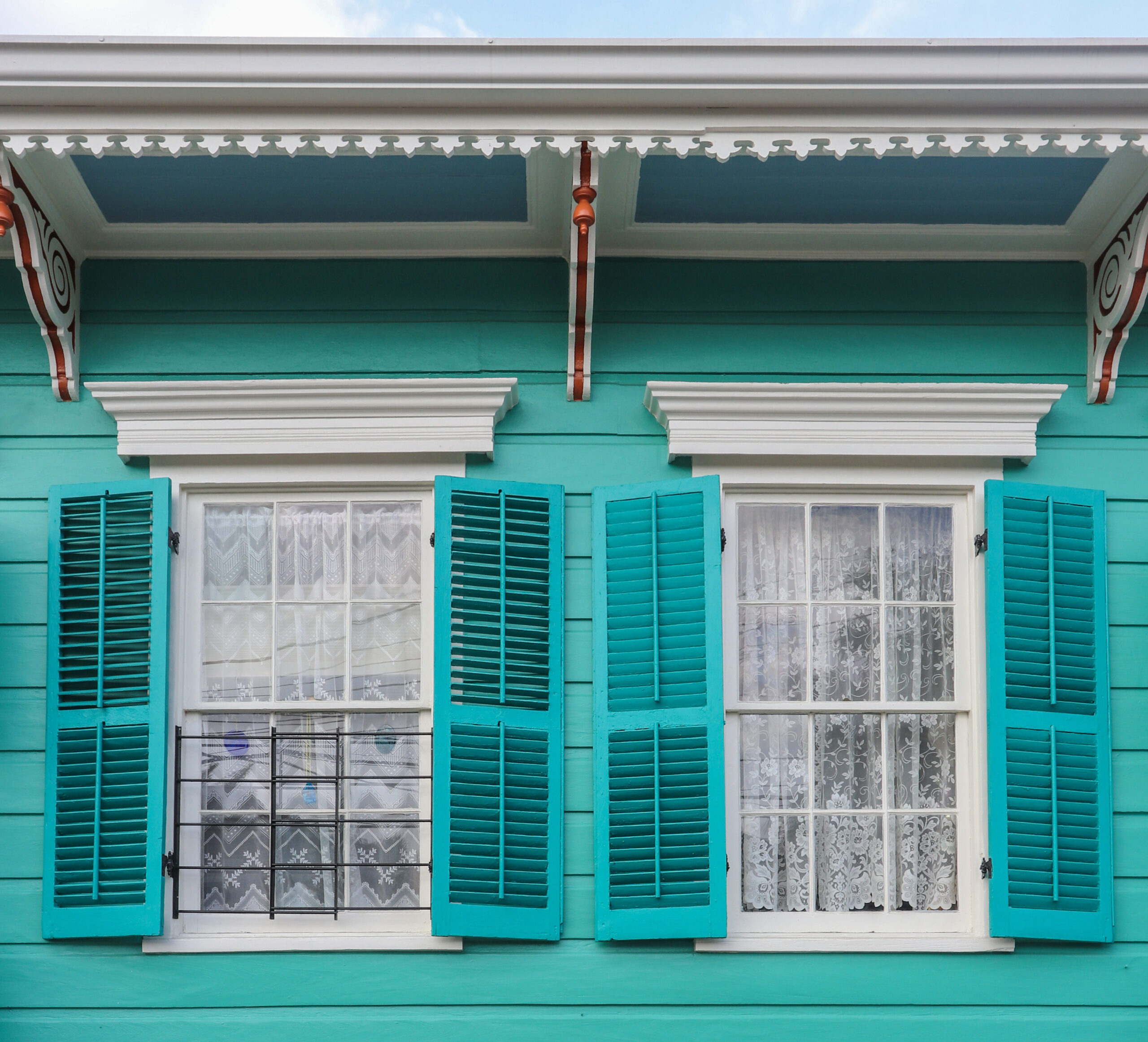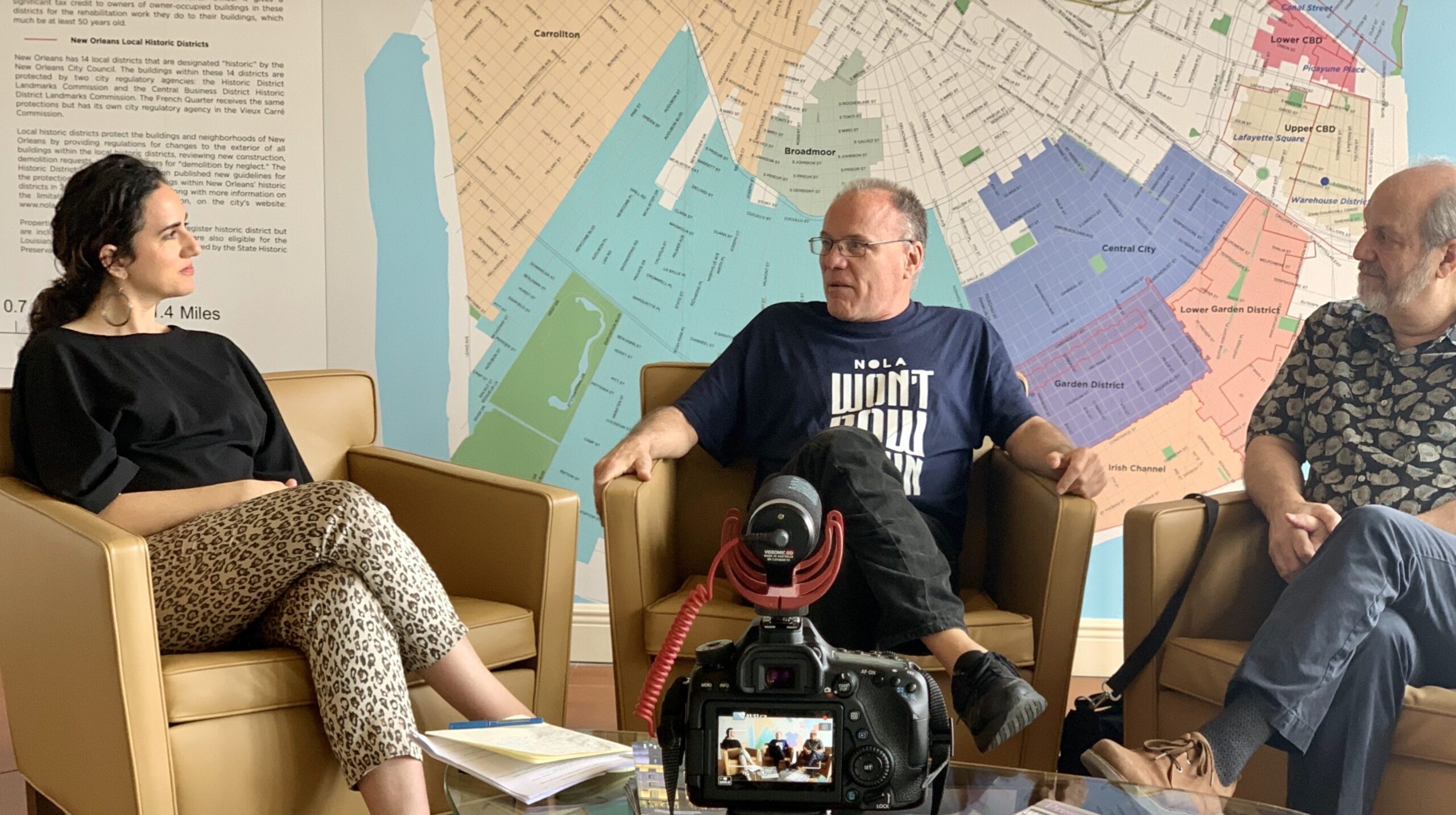This story appeared in the April issue of the PRC’s Preservation in Print magazine. Interested in getting more preservation stories like this delivered to your door monthly? Become a member of the PRC for a subscription!
On June 14, 1805, a baby named Celeste was baptized at St. John the Baptist Catholic Church in Edgard, La. Over the course of 150 years, she would be just one of the more than 400 enslaved individuals who lived and worked at Evergreen Plantation in Edgard.
Now, thanks to a new database compiled by Evergreen, Celeste’s story, and the stories of so many of the plantation’s enslaved people, will be told.
“After years of in-depth research, Evergreen’s historians have amassed a vast collection of primary source documents that shed light on the individuals who were purchased and brought there to labor in the sugar cane fields as well as those who were born into slavery in the cabins that still stand today,” a press release said.
The work of researcher and historian Katy Morlas Shannon, the slavery database is available at evergreenplantation.org/slavery-database. Estate inventories, succession records, sale records from the New Orleans Notarial Archive, as well as sacramental records from the Archdiocese of New Orleans, were used in the research. The database “is meant for everyone, from scholars who wish to engage in comparative analysis to individuals searching for their ancestors,” Evergreen’s website said. “The details within the database allow us to read and interpret the past. They bring to life the identities of real people who lived and worked on this specific site. No longer anonymous, the men, women, and children who called Evergreen Plantation home provide a window to the past and enhance the historical narrative. It is in studying their lives that the nuances and complexities of the past can begin to be understood.”
The database has helpful tips for searching its contents, including that “most enslaved individuals did not have surnames” and that “American origin signifies that the individual was enslaved in one of the Upper Southern states, such as Virginia, North and South Carolina and Maryland, and was sold south to Louisiana” while “Creole indicates that the individual was born in Louisiana.”
In addition to the database “detailed biographical essays on the lives of enslaved individuals also are featured on the website, containing significant data obtained from the Civil War pension files of slaves who joined the Union army. These accounts illuminate the experiences of individuals whose stories have previously gone untold, contributing a more balanced approach to America’s historical narrative,” the press release said.
Evergreen Plantation, which dates to 1777, is one of the most intact plantation complexes in the South, with 37 buildings on the National Register of Historic Places, including “two garconnieres, two pidgeonniers, the kitchen, the domestic slave house, the stables, the Greek Revival privy, and twenty-two slave cabins in their original double-row configuration,” according to its website. Privately owned, it remains a working sugar cane plantation. “People live here and work here,” the website said.
Susan Langenhennig is PRC’s Director of Communications and the editor of Preservation in Print.
Advertisements








